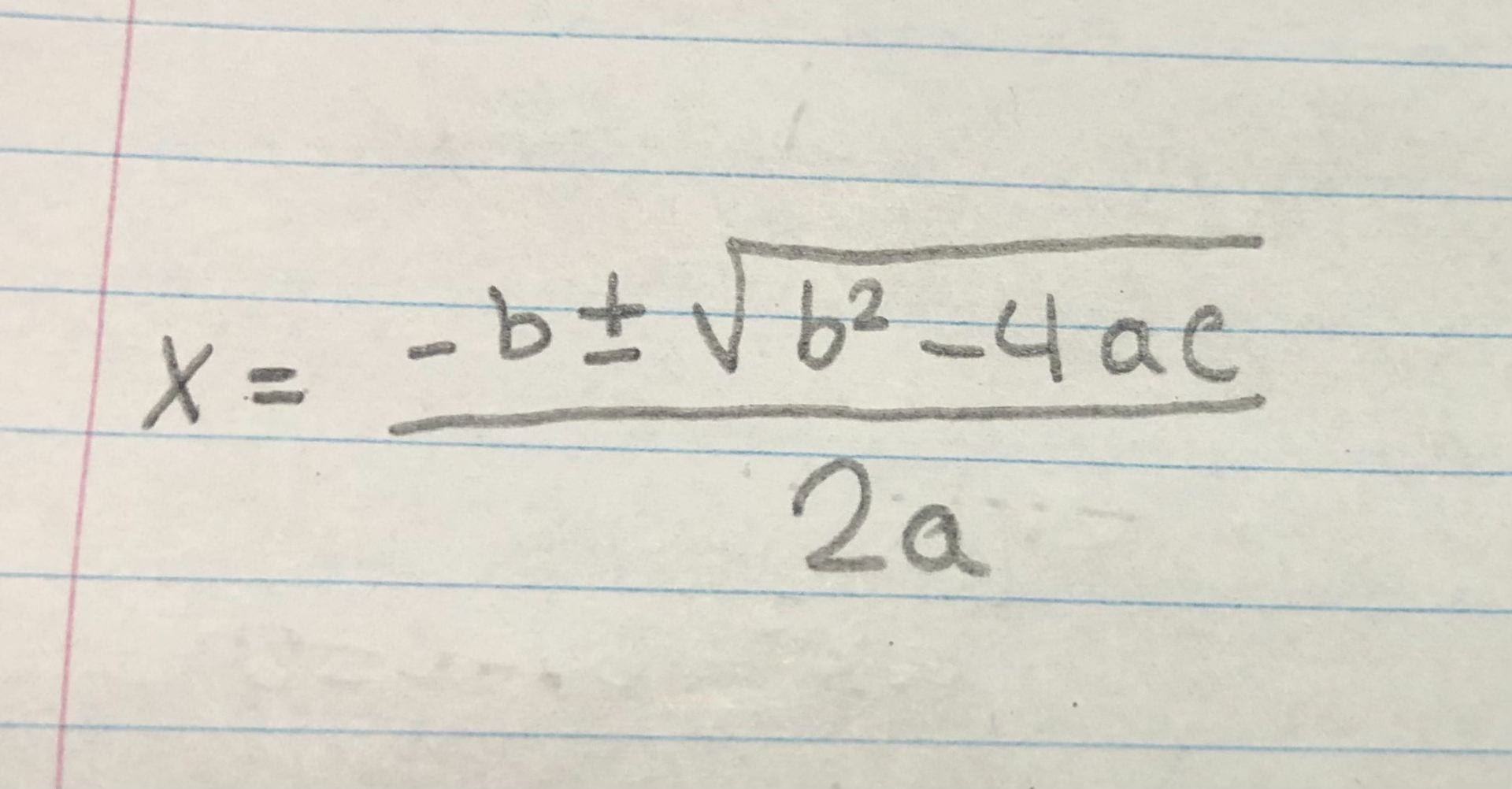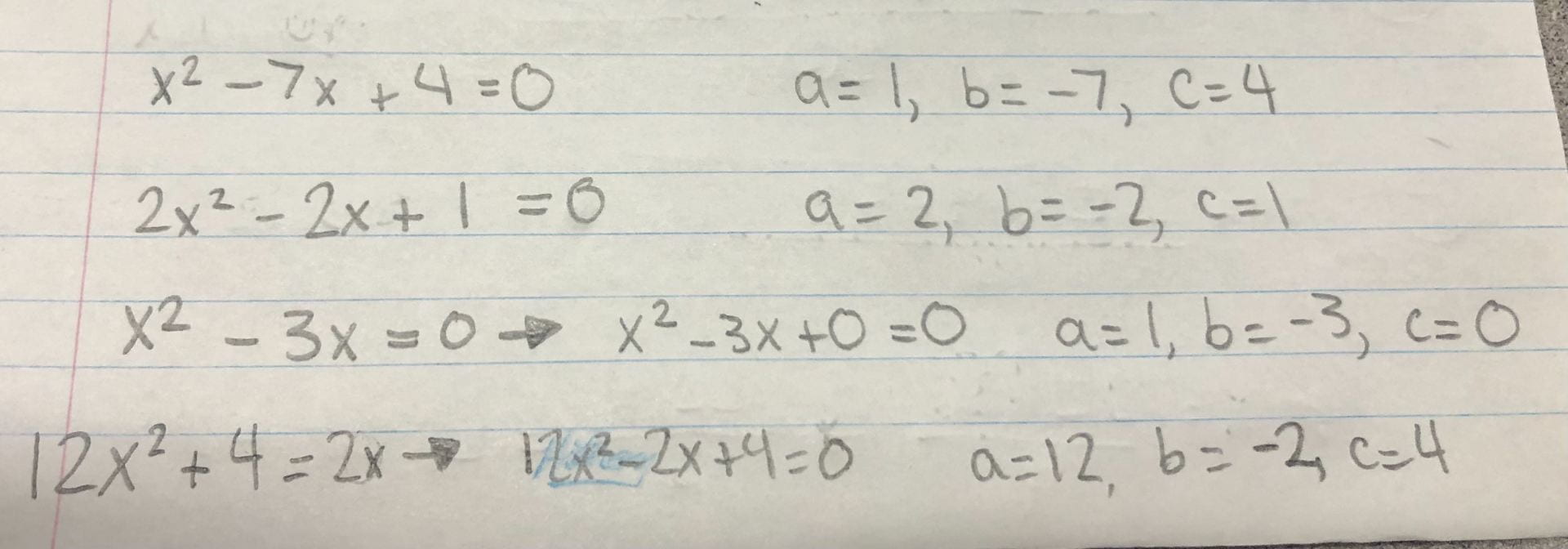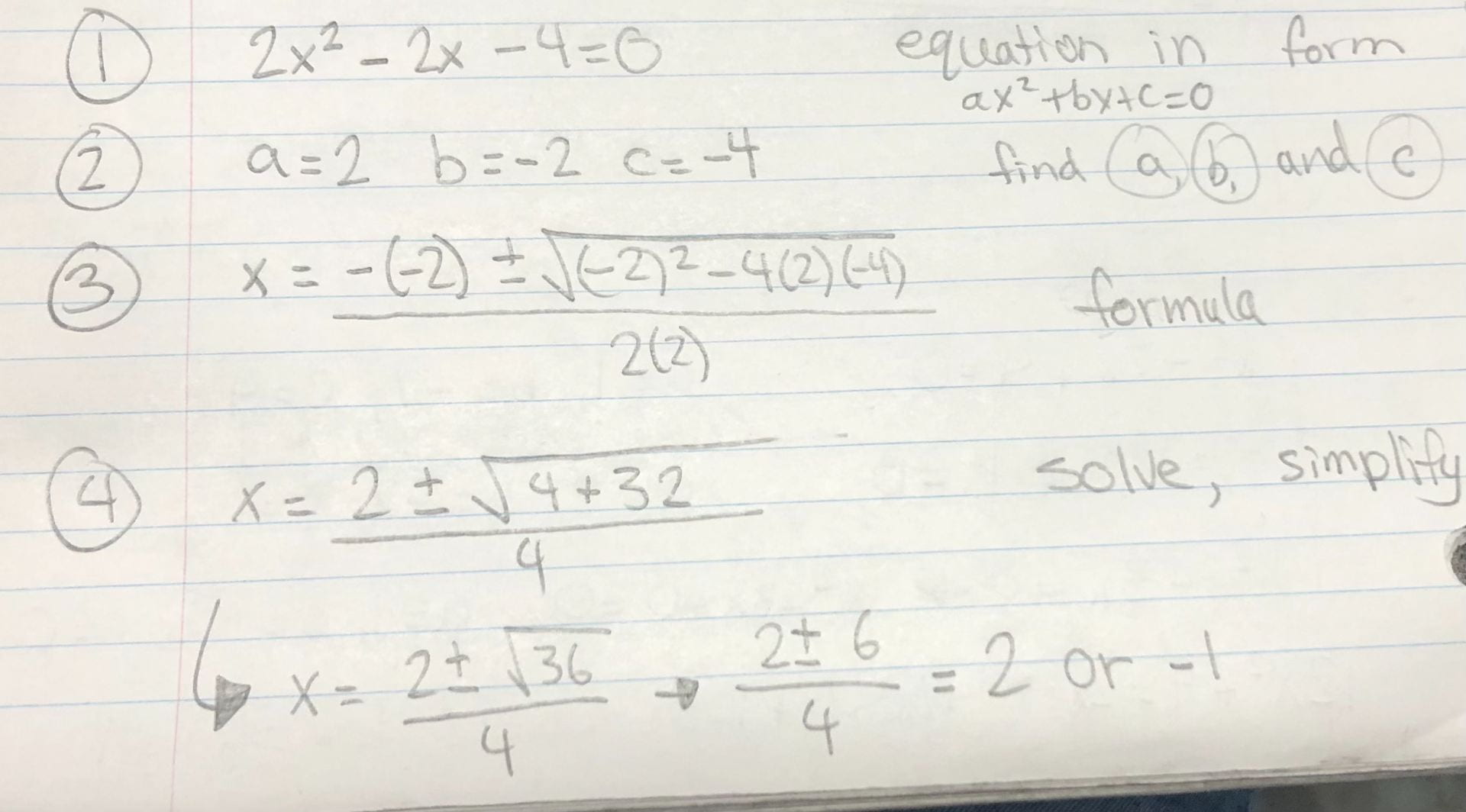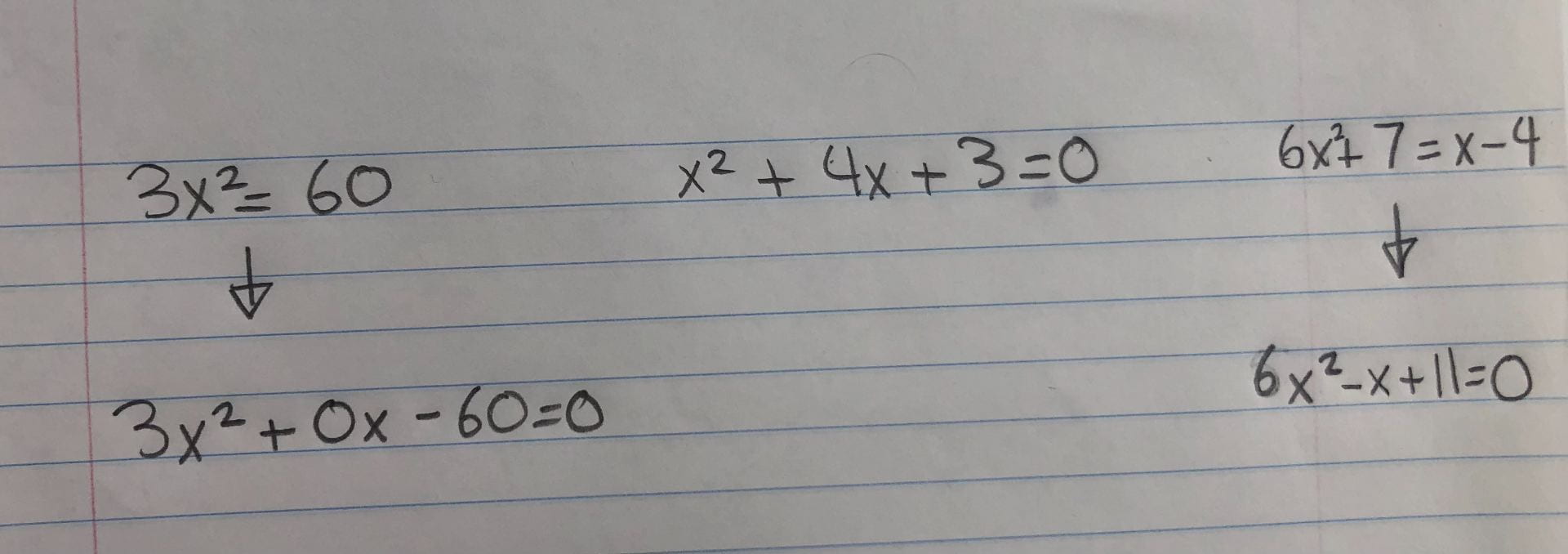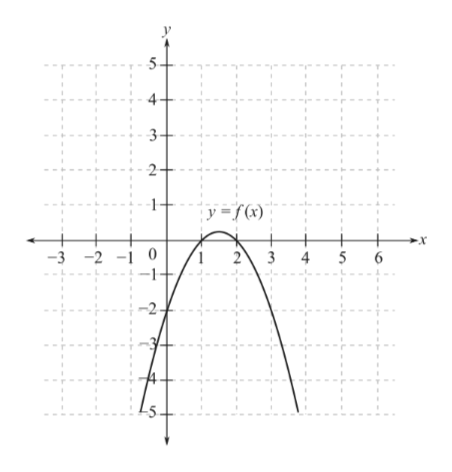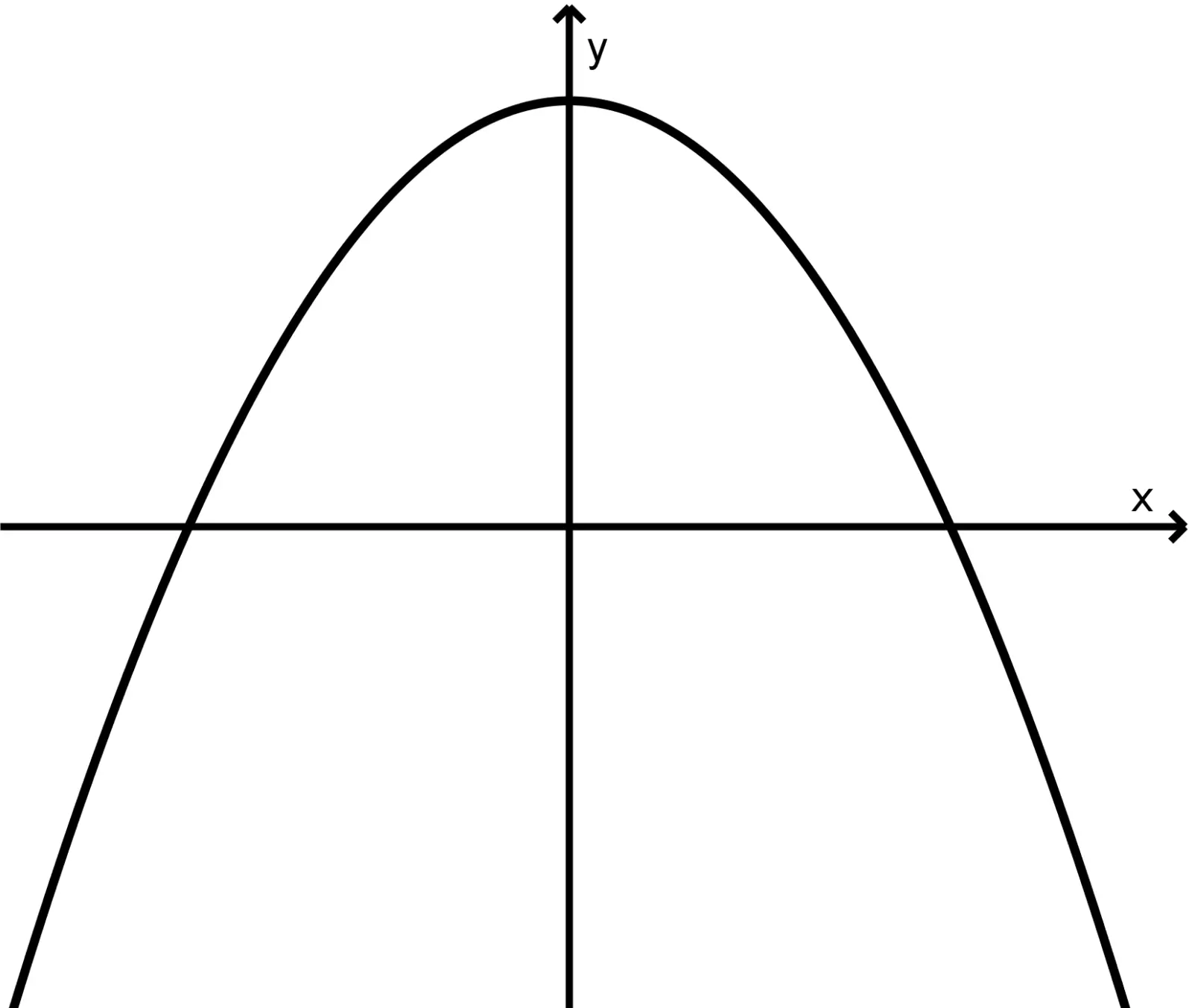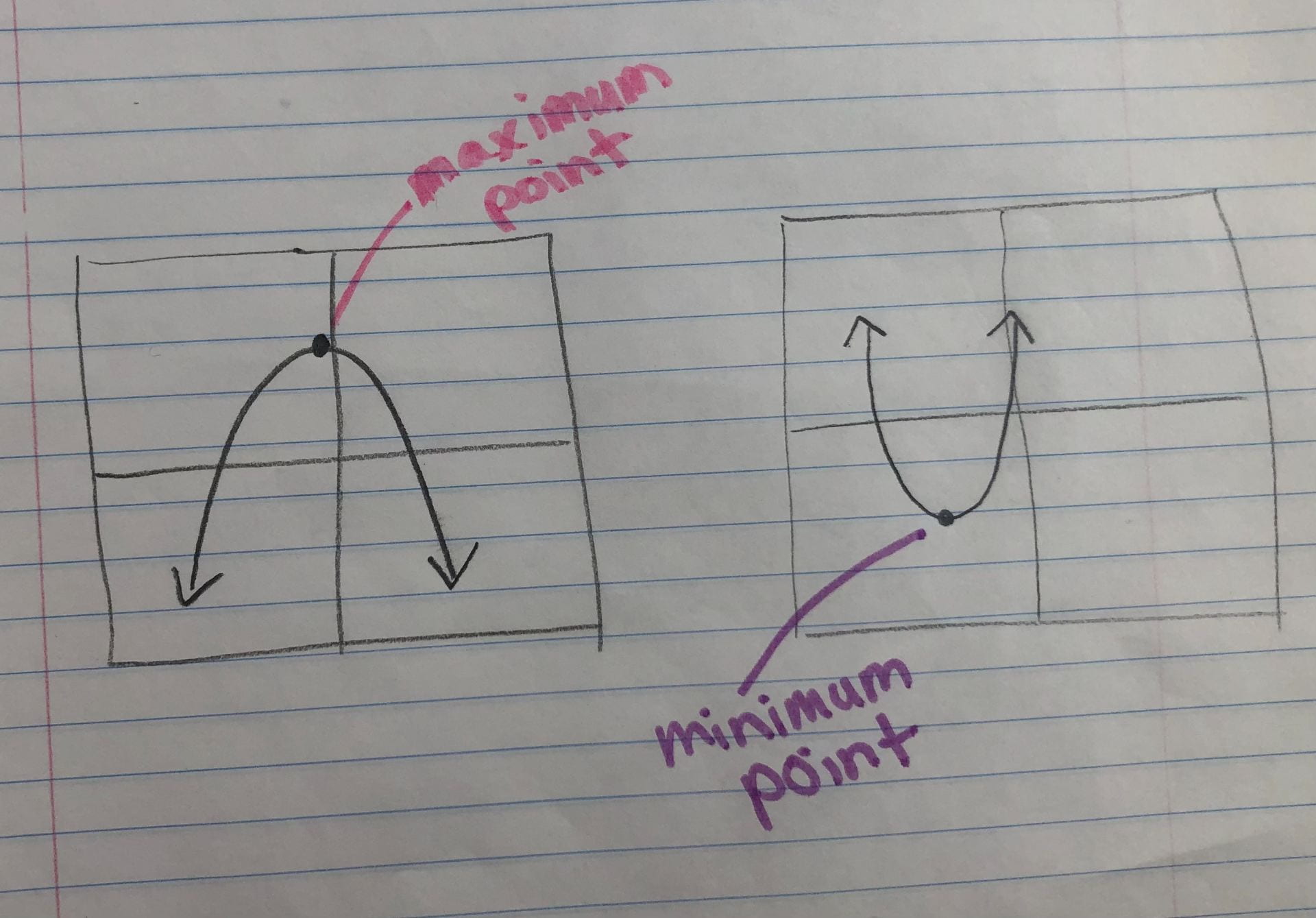Week 7 – Precalc 11
In my precalc 11 this week, we learned about the quadratic formula. This is another way to solve quadratic equations, other than factoring or completing the square. The quadratic formula looks like this:
It is easy to solve an equation using the quadratic formula because all you do is put in the numbers, and use algebra to find the variable. To do this, you must find out what numbers in the polynomial are A, B and C. A is always the number with the x², B is always with the x, and C is always the last number, without a variable. Remember that when there is no number with an x, there is an invisible 1. Here are some examples of what A, B, and C are in the following polynomials.
This is how to solve a polynomial using the quadratic formula:
In the next equation, the quadratic formula is used, but the answers are 2 rational roots. This shows that the equation could have been factored from the start, rather than doing the quadratic formula, which sometimes takes longer. When you need to solve a quadratic equation, first check if the numbers can be factored, or if you can use the technique of completing the square. If not, using the quadratic formula will guarantee the correct answer.
